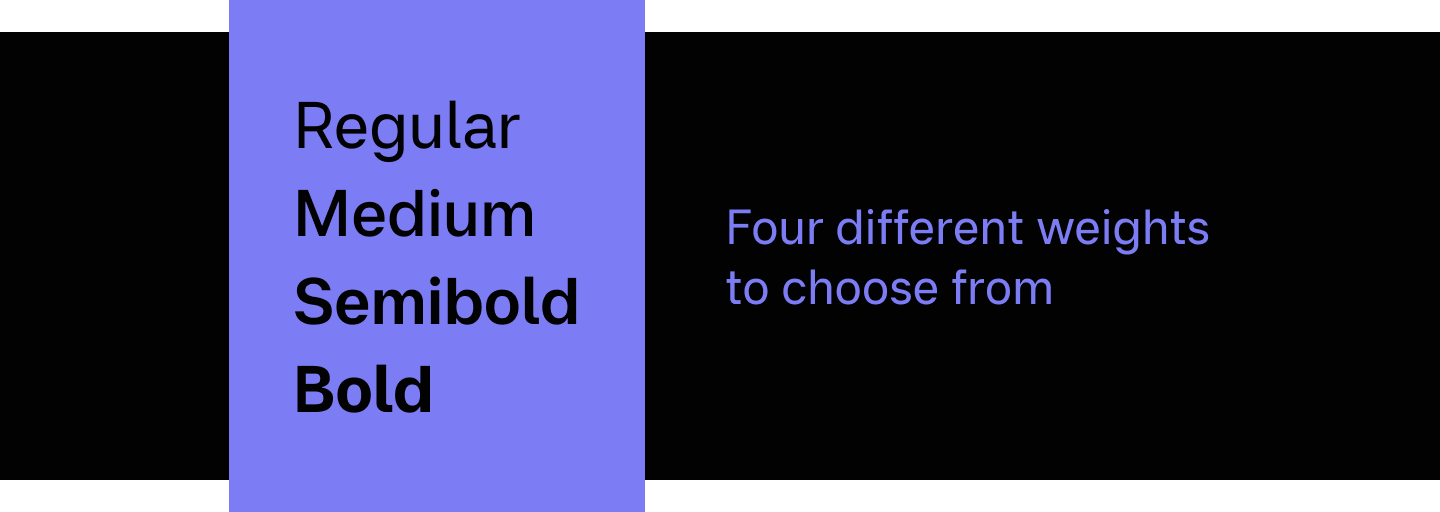Miranda Sans
Typeface Design

CLIENT
Personal Project
YEAR
2019
ROLE
Designer
AGENCY
Team
Project Background
Designing my very own typeface
Creating my first typeface Miranda Sans, as you see used here across my portfolio website, has helped me to respect typeface designers and their work. I think I’ve fallen in love with typeface design because of its mix between technical and visual implementation.
On one hand, you really need to understand the technical aspect of creating a typeface. Everything from hinting, kerning, learning a new application (Glyphs) and how interlacing works. On the other hand, you need to be a great designer understanding relationships between various shapes and make it into one family of glyphs that belongs together. No matter the order and font weight.
I truly believe that by creating your own typeface you become a better designer.

Lorem Opsum, I've created a typeface
Try it out
Do you want to test Miranda Sans out?
Select font size:

Over 300 glyphs & Counting
All the glyphs that are a part of the Miranda Sans
In order to create a typeface, there are many glyphs that you need to design. More than you initially might think. Just take my word for it. First of all, you have to create the basic letters in both upper and lower case as well as special characters and numbers.
Interested in creating multiple font-weights? Then you need to create a new version of the same glyphs in a new weight. I created Miranda Sans Regular first and Miranda Sans Bold secondly. Fortunately, by using an application that allowed me to generate all other weights based on the two I created I never had to do this tedious process again.
Enough talking – Let me introduce you to Miranda Sans:





